
EU GPSR Compliance vs. CE Certification: What's the Link?
Currently, products listed on European cross-border e-commerce platforms like Amazon and TEMU must provide GPSR compliance credentials. These credentials require the product to have passed CE certification and the appointment of an EU representative.
EU GPSR compliance and CE certification are closely related. Together, they form a dual safeguard for market access in the EU. So, what is the difference between them?
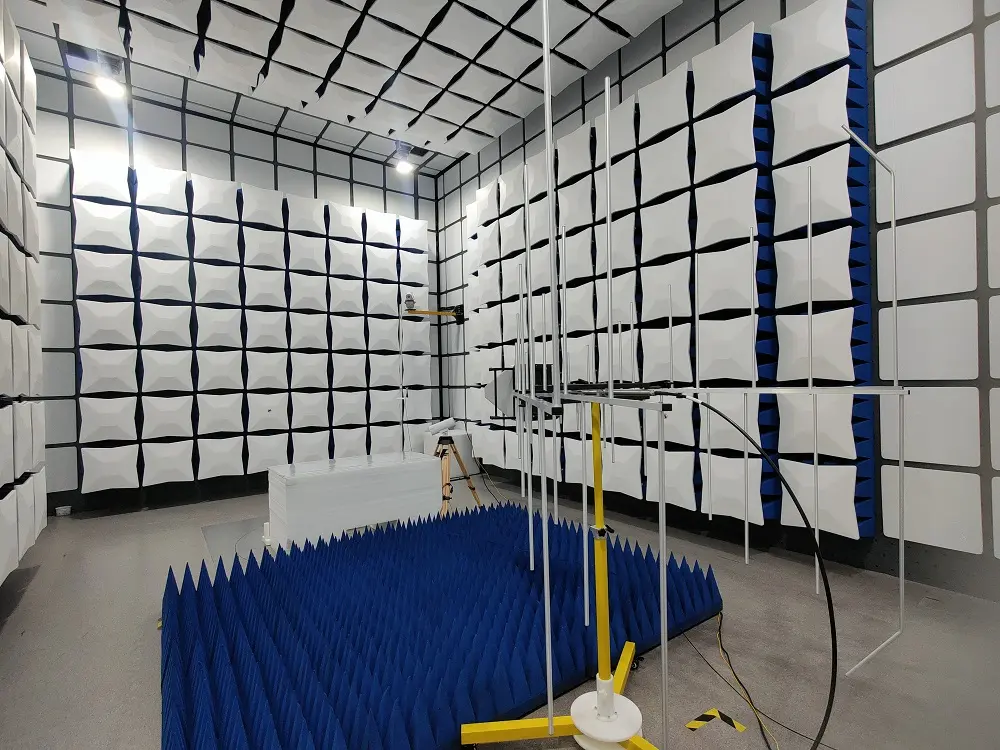
GPSR Compliance
Scope of Application
GPSR (General Product Safety Regulation) applies to all non-food consumer goods sold or offered in the EU market, including consumer electronics, children’s toys, and household appliances.
Safety Requirements
GPSR specifies product safety requirements, covering aspects such as product characteristics, interactions with other products, labeling, and instructions for use. It ensures that products do not pose harm to consumers under normal use or reasonably foreseeable misuse.
Risk Assessment
GPSR requires manufacturers to conduct risk assessments to identify and address potential safety risks during the design and production processes.
Recall System
GPSR establishes a recall system, requiring manufacturers to take immediate action to recall products if safety risks are identified.
Traceability
GPSR outlines the responsibilities of manufacturers, importers, and distributors regarding product safety. It mandates the establishment of a complete traceability system to quickly locate and resolve issues if problems arise.
CE Certification
Definition
CE certification (Conformité Européenne) is a safety certification mark that indicates a product complies with EU safety, health, and mandatory environmental protection requirements.
Certification Process
The CE certification process involves determining applicable directives and standards, conducting conformity assessments, compiling technical documentation, signing a declaration of conformity, and affixing the CE marking.
Certification Standards
CE certification standards are based on EU harmonized standards (EN standards), which are the technical requirements products must meet to be sold in the EU market.
3. Relationship Between GPSR Compliance and CE Certification
Complementarity
While GPSR compliance and CE certification differ in scope, compliance requirements, and traceability responsibilities, they play interconnected and complementary roles in EU market access. GPSR, as the latest EU product safety regulation, provides more explicit and stringent safety requirements for CE certification. When applying for CE certification, manufacturers must ensure compliance with GPSR regulations, including risk assessment, labeling requirements, and traceability.
Prerequisite
GPSR compliance can be considered a prerequisite or foundation for CE certification. Products must meet GPSR safety requirements to pass CE certification and achieve free circulation in the EU market.
Market Access Safeguar
GPSR compliance and CE certification together form a dual safeguard for EU market access. For manufacturers and importers aiming to enter the EU market, understanding and adhering to GPSR compliance and CE certification requirements are key to ensuring product success in the EU.
In conclusion, EU GPSR compliance and CE certification are closely interconnected. Together, they safeguard product safety and free circulation in the EU market. Manufacturers and importers should fully understand and comply with these requirements to ensure smooth market entry and success.
For inquiries and services regarding GPSR compliance, CE certification, and EU representation, please contact us!
Email:hello@jjrlab.com
Write your message here and send it to us
 Toothbrush FDA Certification Testing
Toothbrush FDA Certification Testing
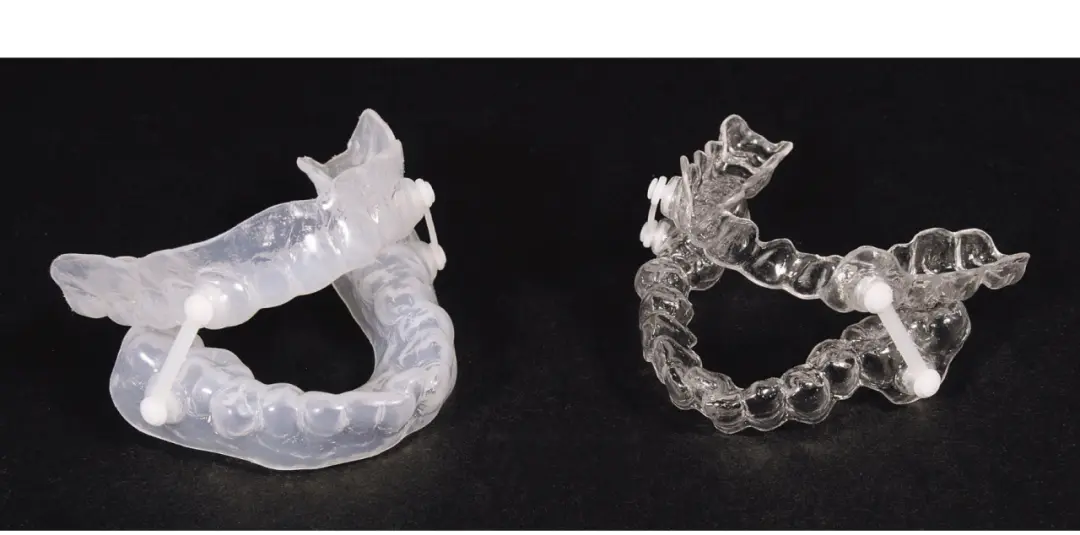 Snoring Device FDA 510k Standard Testing
Snoring Device FDA 510k Standard Testing
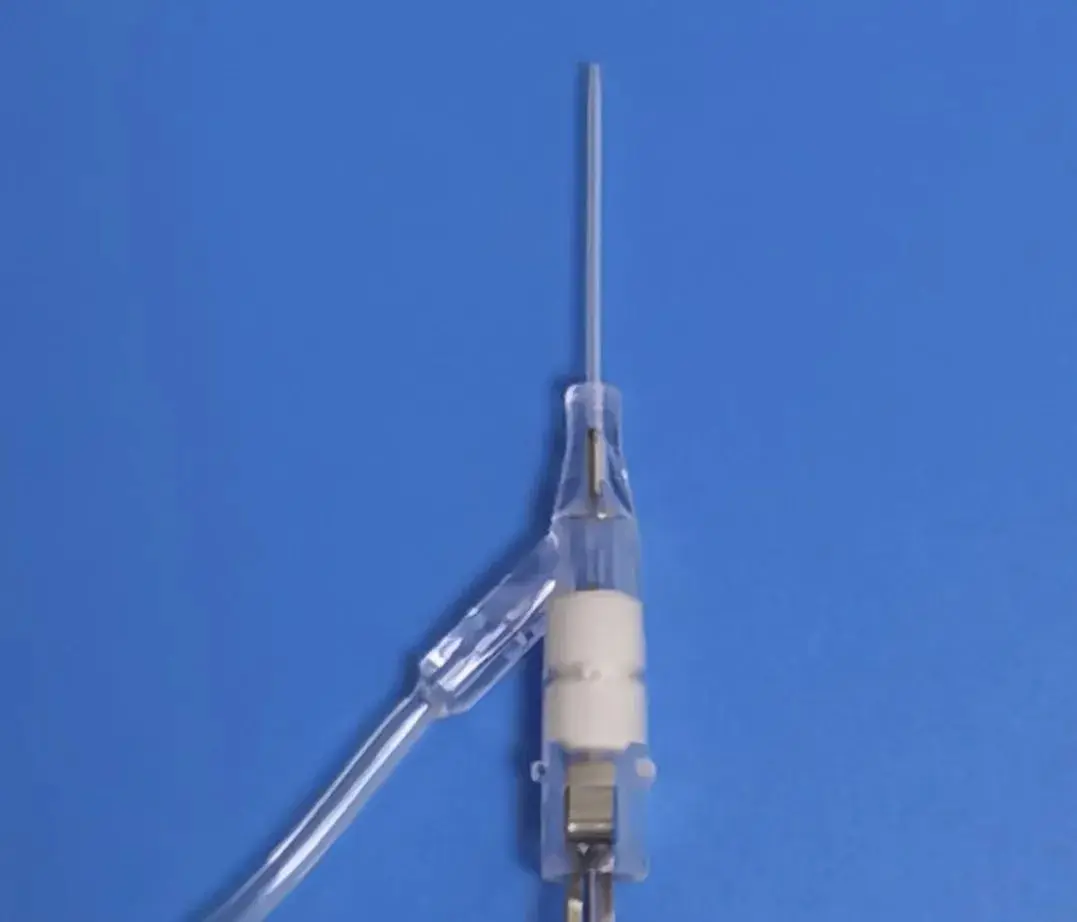 Single Use Intravenous Catheter Certification Test
Single Use Intravenous Catheter Certification Test
 Silicone Material Product Compliance Certification
Silicone Material Product Compliance Certification
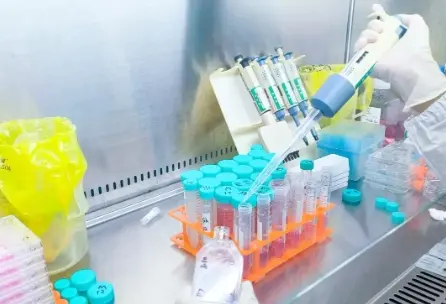 What to Do If Cytotoxicity Test Results Are Positi
What to Do If Cytotoxicity Test Results Are Positi
 ISO 10993:5 Cytotoxicity Testing Methods
ISO 10993:5 Cytotoxicity Testing Methods
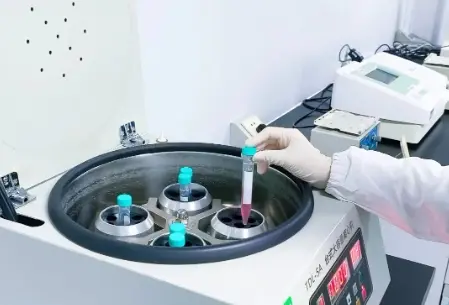 FDA ISO 10993-1 Biocompatibility Evaluation Guidel
FDA ISO 10993-1 Biocompatibility Evaluation Guidel
 In Vitro Cytotoxicity Testing for Medical Devices
In Vitro Cytotoxicity Testing for Medical Devices
Leave us a message
24-hour online customer service at any time to respond, so that you worry!




